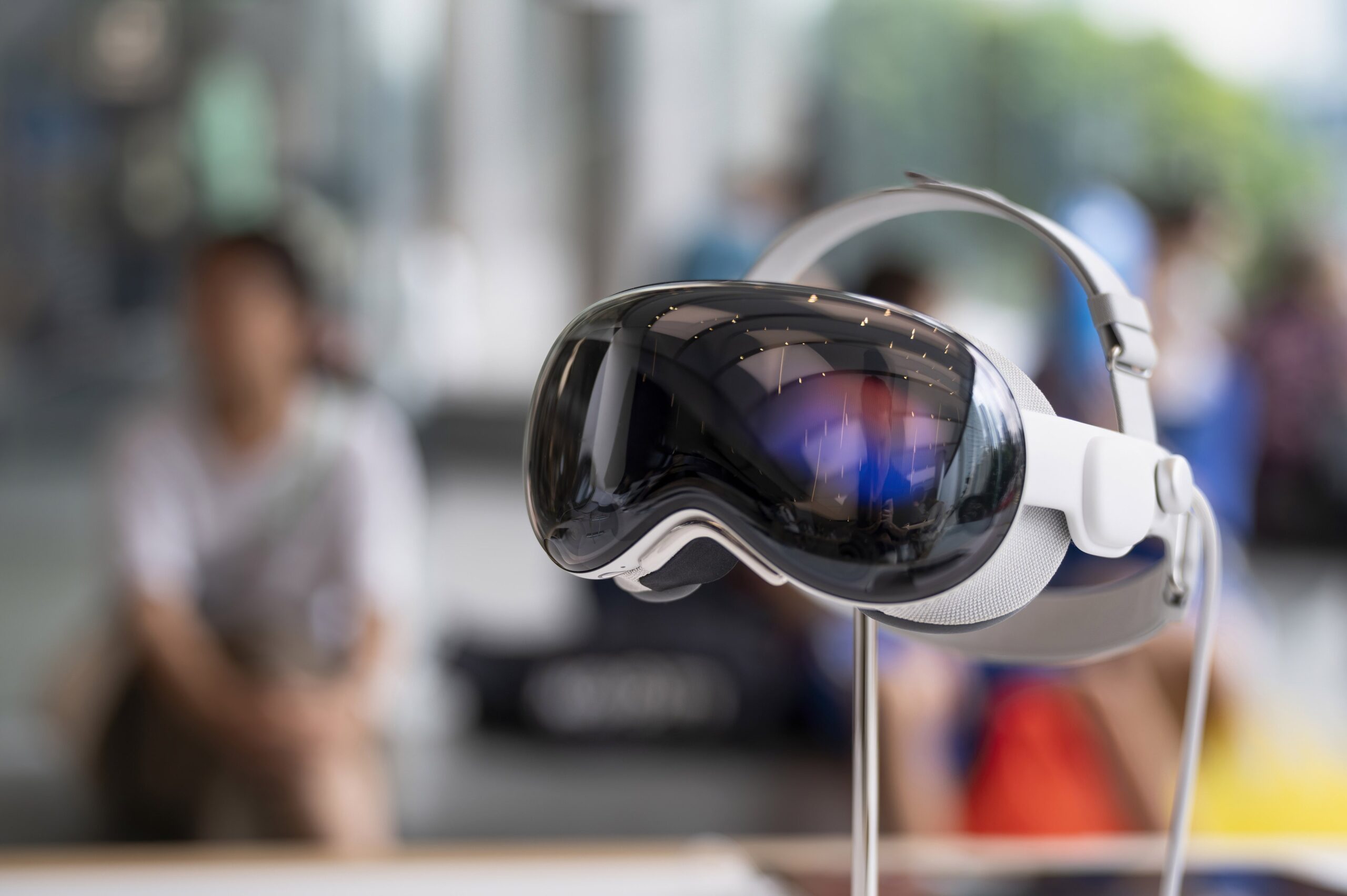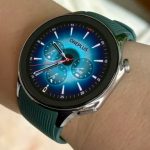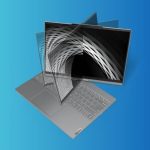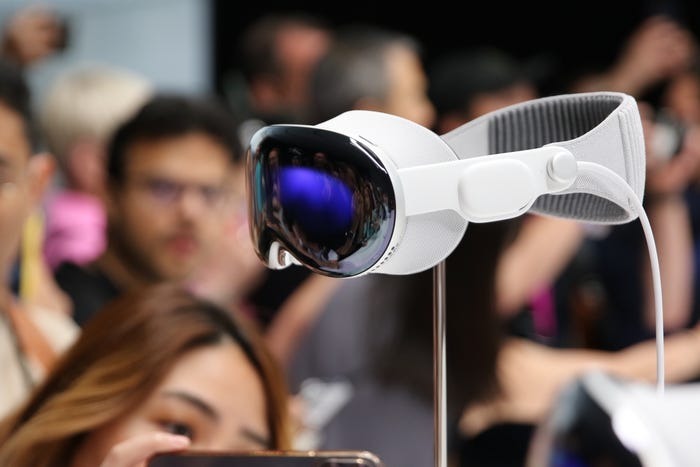Apple is gearing up for a significant update to its Vision Pro headset, with mass production slated for the second half of 2025, according to renowned Apple analyst Ming-Chi Kuo. This new iteration promises to push the boundaries of spatial computing with enhanced processing power and a focus on artificial intelligence integration.

Key Updates and Predictions
Hardware Upgrades
- M5 Chip Integration: A major leap from the current M2 chip, promising significant improvements in computing power
- Design Continuity: Overall design and most hardware specifications expected to remain largely unchanged
- Pricing Strategy: Despite upgrades, price point likely to remain close to the current $3,499 starting price
Software and AI Enhancements
- Apple Intelligence Integration: Enhanced AI features expected to be a central focus
- Potential AI Capabilities: Speculation about advanced features like text-to-video generation, similar to OpenAI’s Sora
- visionOS 3: Likely to introduce major AI features, potentially launching in 2025
If this new version creates compelling use cases, it could push Apple’s spatial computing platform closer to mainstream adoption.
Market Implications and Analysis
Positioning in the AR/VR Market
Apple’s strategy with the Vision Pro update appears to focus on enhancing internal capabilities while maintaining the established design. This approach could have several implications:
- Reinforcing Apple’s commitment to the spatial computing market
- Potentially widening the technological gap with competitors
- Emphasizing software and AI as key differentiators in the AR/VR space
AI Integration and User Experience
The focus on AI capabilities could significantly transform the Vision Pro experience:
- Enhanced on-device AI functions could improve responsiveness and privacy
- Potential for more intuitive and context-aware interactions within the spatial computing environment
- AI-driven content creation tools could open new avenues for creativity and productivity
Competitive Landscape
| Company | Product | Key Features | Price Range |
|---|---|---|---|
| Meta | Quest Pro | Mixed reality, face tracking | $999 |
| Microsoft | HoloLens 2 | Enterprise-focused AR | $3,500 |
| Sony | PlayStation VR2 | Gaming-focused VR | $549 |
Potential Challenges
- Maintaining the high price point may continue to limit mass market adoption
- Balancing enhanced AI capabilities with privacy concerns
- Developing compelling use cases to justify the upgrade for existing Vision Pro users
Future Outlook and Speculation
As we look towards the 2025 release of the updated Vision Pro, several key areas will be worth monitoring:
- AI Integration Timeline: The rollout of Apple Intelligence features and their impact on the user experience
- Developer Ecosystem: How third-party developers leverage the enhanced capabilities of the M5 chip and AI features
- Market Reception: Whether the upgrades and potential new use cases drive broader adoption of spatial computing
- Competitive Responses: How other major tech companies adjust their AR/VR strategies in response to Apple’s moves
- Potential for Consumer Version: Speculation about a more affordable Vision Pro model to capture a wider market
Apple’s plans for the next-generation Vision Pro headset underscore the company’s long-term commitment to spatial computing and artificial intelligence. By focusing on significant internal upgrades while maintaining the established design, Apple appears to be taking a measured approach to evolving its AR/VR offerings.
The integration of the M5 chip and enhanced AI capabilities could potentially redefine what’s possible in mixed reality environments, opening up new possibilities for developers and users alike. However, the continued high price point suggests that Apple is still positioning the Vision Pro as a premium product, possibly waiting for future iterations to target broader market adoption.
As the landscape of spatial computing continues to evolve, Apple’s moves in this space will likely have ripple effects throughout the tech industry. The success of this updated Vision Pro could play a crucial role in determining the trajectory of AR/VR technology and its integration into our daily lives.
Related Articles:
- Apple M5 Chip: A Deep Dive into Next-Gen Processing Power
- AR/VR Market Trends: Predictions for 2025 and Beyond
- The Rise of AI in Wearable Technology










Add Comment